 Professor Paul S. Weiss
Professor Paul S. WeissOffice: 3041 Young Hall
Phone: (310) 825-0317
E-mail: psw@cnsi.ucla.edu
GChat, WeChat, Instant Messenger: PSWeiss
Office Hours: Drop in or by appointment
Email: psw@cnsi.ucla.edu
 Professor Paul S. Weiss
Professor Paul S. Weiss
Office: 3041 Young Hall
Phone: (310) 825-0317
E-mail: psw@cnsi.ucla.edu
GChat, WeChat, Instant Messenger: PSWeiss
Office Hours: Drop in or by appointment
Email: psw@cnsi.ucla.edu
Aministrative Assistant: Ms. Beatriz Becerra
Office: CNSI Main office
E-mail: bea@cnsi.ucla.edu
Paul holds a UC Presidential Chair and is a distinguished professor of chemistry & biochemistry and of materials science & engineering at UCLA. He received his S.B. and S.M. degrees in chemistry from MIT in 1980 and his Ph.D. in chemistry from UC Berkeley in 1986. He was a postdoctoral member of technical staff at Bell Laboratories from 1986-88 and a visiting scientist at IBM Almaden Research Center from 1988-89. He served as the director of the California NanoSystems Institute and held the Fred Kavli Chair in NanoSystems Sciences at UCLA from 2009-2014. Before coming to UCLA, he was a distinguished professor of chemistry and physics at Penn State, where he began his academic career in 1989. He was a visiting professor at the University of Washington, Department of Molecular Biotechnology (1996-97) and Kyoto University, Electronic Science and Engineering Department and Venture Business Laboratory (1998 and 2000), and a distinguished visiting professor at the Kavli Nanoscience Institute and the Joint Center for Artificial Photosynthesis at Caltech (2015). He is a visiting scholar at the Kavli Institute for Bionano Science & Technology and the Wyss Institute for Biologically Inspired Engineering at Harvard University (2015-16). He has been named the Institut National de la Recherche Scientifique (INRS) Chaire d'excellence JacquesBeaulieu at the Centre for Energy, Materials and Telecommunications (2016-17) Weiss was a member of the U.S. National Committee to the International Union of Pure and Applied Chemistry (2000-05).
His interdisciplinary research group includes chemists, physicists, biologists, materials scientists, mathematicians, physicians, electrical and mechanical engineers, and computer scientists. Their work focuses on the ultimate limits of miniaturization, exploring the atomic-scale chemical, physical, optical, mechanical, and electronic properties of surfaces and supramolecular assemblies. He and his students have developed new techniques to expand the applicability and chemical specificity of scanning probe microscopies. They have applied these and other tools to the study of catalysis, self- and directed assembly, and molecular and nanoscale devices. They work to advance nanofabrication down to ever smaller scales and greater chemical specificity in order to operate and to test functional molecular assemblies, and to connect these to the biological and chemical worlds. He is the founding editor-in-chief of ACS Nano (2007-) (Twitter feed). You can see more here or here.
His favorite class to teach is general chemistry. He travels frequently and enjoys adventures friends around the world. He also enjoys cooking, wine, mixology, and photography. When he had more time, he enjoyed skiing, tennis, biking, and backpacking. He is married to and collaborates with neuroscientist Prof. Anne Andrews at UCLA. He has three sons, one of whom is getting a Ph.D. in chemistry (and they have two papers together). Both his parents were mathematicians and one of his brothers got a Ph.D. in chemistry from UCLA.
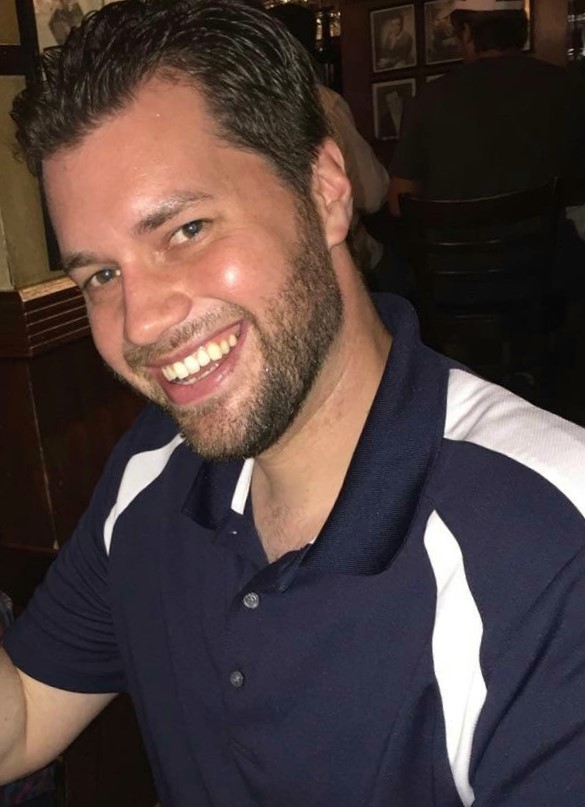 Kris Barr
Kris Barr
KBarr.TA@Gmail.com
Office Hours:
Wednesdays 11 AM - 12 noon, 6096 Young Hall
Fridays 1 - 2 PM, 6096 Young Hall - updated
Kris is a third year chemistry PhD student who studies the properties of carbon-gold bonds using scanning tunneling microscopy. He has been able to create stable surfaces with different vibrational properties from thermal annealing. His ultimate goal is to create an ambient photon-coupled scanning tunneling microscope which is capable of simultaneously imaging the topography of surfaces at the sub-Angstrom scale at the vibrational frequency of the molecules on that surface.
Kris spent seven years creating, training, facilitating, and leading educational programs for students of all ages throughout the Disneyland Resort.
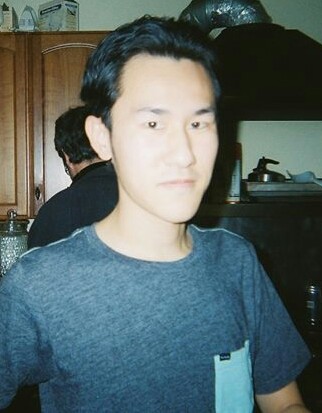 Kevin Cheung
Kevin Cheung
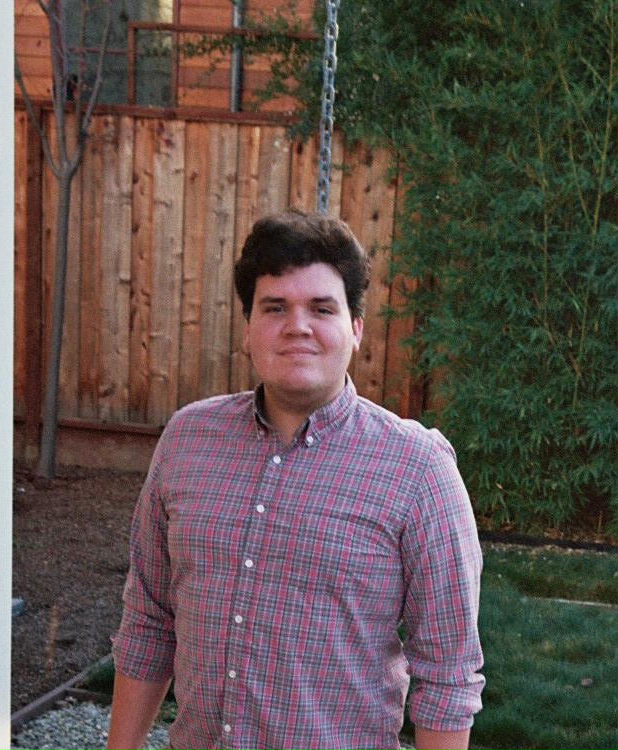 Dominic Goronzy
Dominic Goronzy
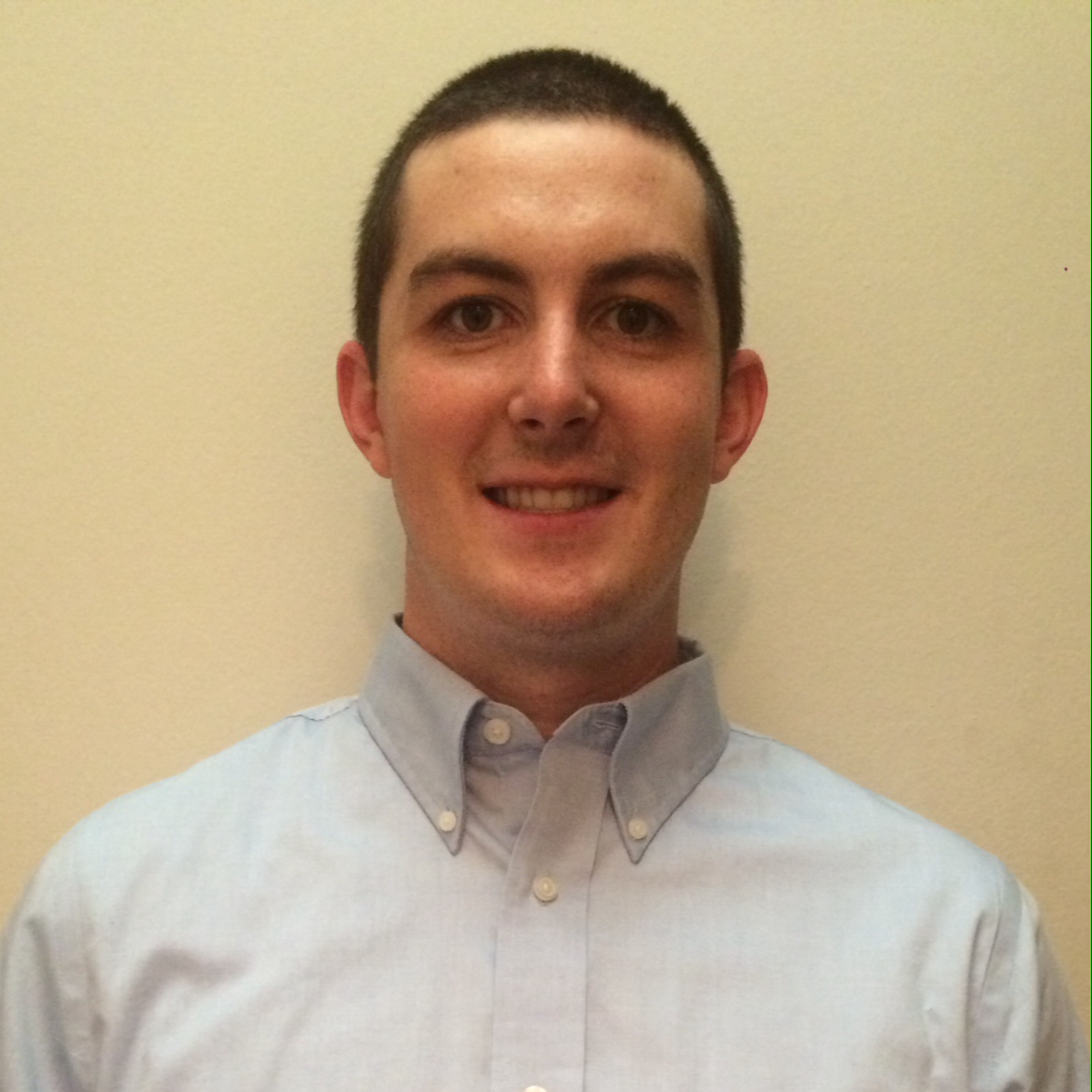 Miles Silverman
Miles Silverman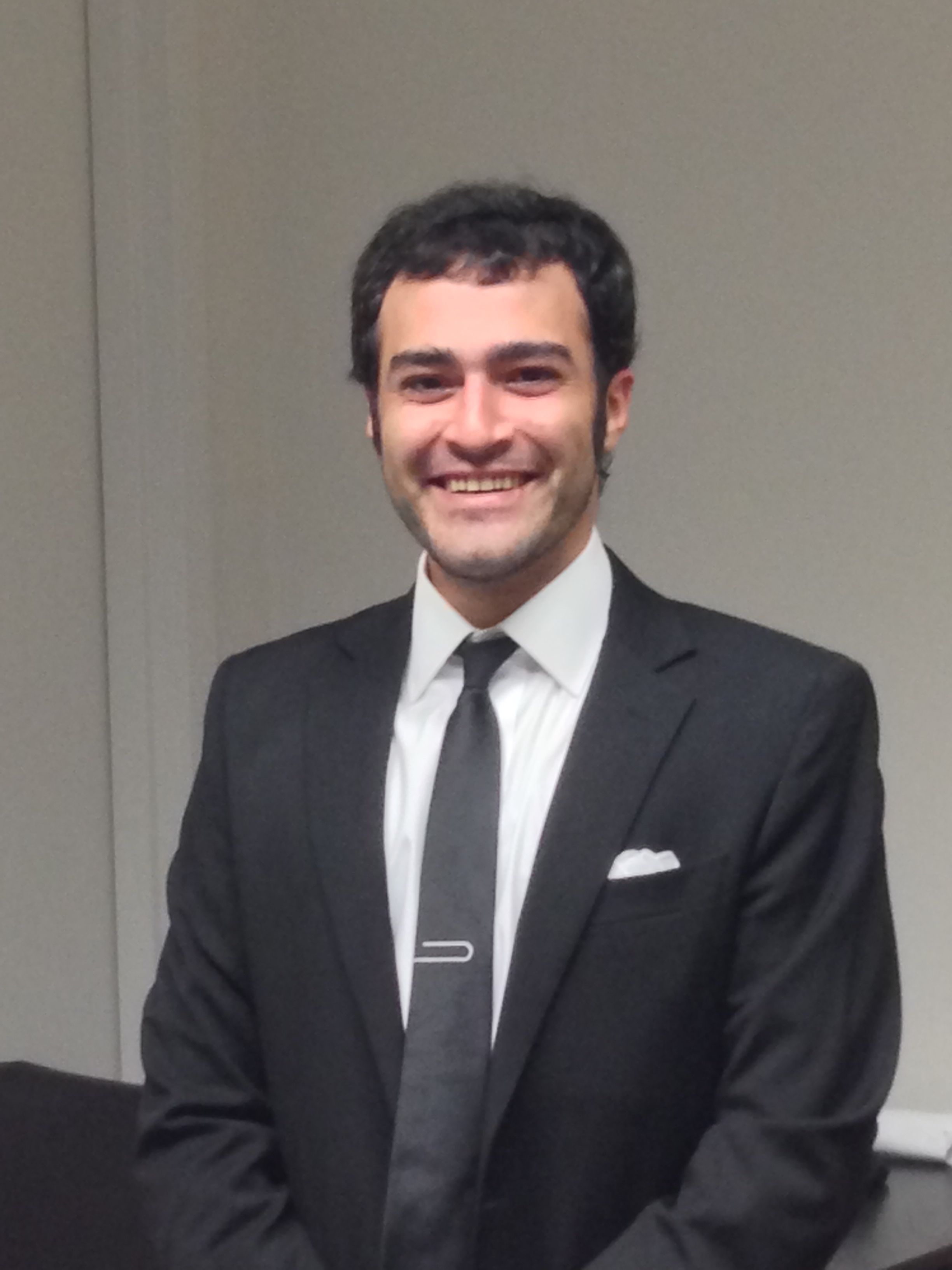 Logan Stewart
Logan Stewart
 Shenkai Wang
Shenkai Wang
Academic Advancement Program Peer Learning
from Tiana Baghdikian (Bioengineering '17), ttbaghdikian@ucla.edu
Website: http://www.aap.ucla.edu/programs/peer-learning/peer-learning-on-line-sign-ups/
Society of Women Engineers
from Renee Krieger (MatSci '17)
An evening with industry
Website: http://www.seas.ucla.edu/swe/events/ewi/
Facebook page: tinyurl.com/EWIFB